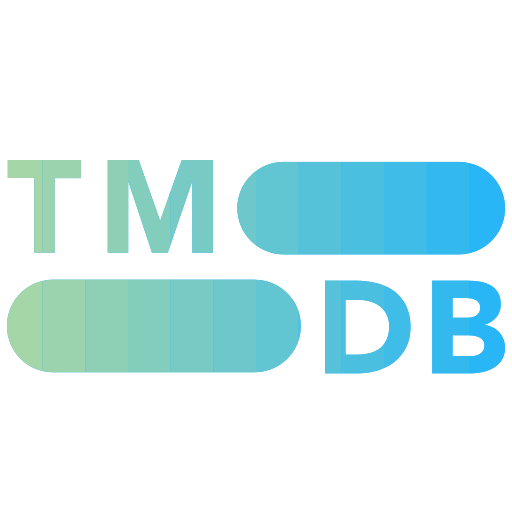The Matrix (1999)

Overview
Set in the 22nd century, The Matrix tells the story of a computer hacker who joins a group of underground insurgents fighting the vast and powerful computers who now rule the earth.
Starring Cast
Where to watch
Bias Dimensions
Overview
Set in the 22nd century, The Matrix tells the story of a computer hacker who joins a group of underground insurgents fighting the vast and powerful computers who now rule the earth.
Starring Cast
Where to watch
Detailed Bias Analysis
Primary
The film's central conflict involves a rebellion against an oppressive, hidden system of control, with its solution championing individual awakening leading to collective revolutionary action, which aligns its dominant themes with anti-establishment and progressive values.
The movie features a visibly diverse cast in key roles, though these characters were original creations rather than explicit race or gender swaps of pre-existing roles. The narrative critiques an oppressive system but does not explicitly portray traditional identities negatively as a central theme.
Secondary
While not explicitly featuring LGBTQ+ characters, 'The Matrix' is widely interpreted as a trans allegory, a reading confirmed by its trans directors, Lana and Lilly Wachowski. The narrative of Neo's journey to break free from a false reality and embrace his true self, along with the concept of the Matrix itself as a metaphor for gender dysphoria, provides a deeply affirming and empowering portrayal of self-discovery and identity.
The film features Trinity, a skilled combatant, who demonstrates proficiency in martial arts and hand-to-hand combat, successfully defeating multiple male opponents in close-quarters engagements.
The film incorporates core Buddhist philosophical concepts such as the illusory nature of reality ('there is no spoon'), the path to enlightenment, and the liberation from suffering, presenting these ideas as fundamental truths for understanding and escaping the Matrix.
The film extensively uses Christian messianic symbolism, portraying Neo as a Christ-like savior who sacrifices himself and is resurrected to bring hope and liberation to humanity, aligning with virtues of sacrifice and salvation.
Similar to Buddhism, the film draws on Hindu concepts like Maya (the world as an illusion) and Samsara (the cycle of existence within the Matrix), affirming the idea that perceived reality can be a deceptive construct from which individuals can awaken.
The Matrix (1999) is an original film with no prior source material or historical figures. All characters were created for this movie, meaning there are no pre-established canonical genders to be swapped.
The Matrix (1999) is an original film and the first depiction of its characters. There is no prior source material (comics, novels, or earlier films) that established the race of characters like Neo, Trinity, or Morpheus before this movie. Therefore, no character's race was changed from a pre-existing canonical or historical depiction.
Viewer Rating Breakdown
Viewer Rating
Combines user and critic ratings from four sources
User Ratings


Critic Ratings


More Like This



















